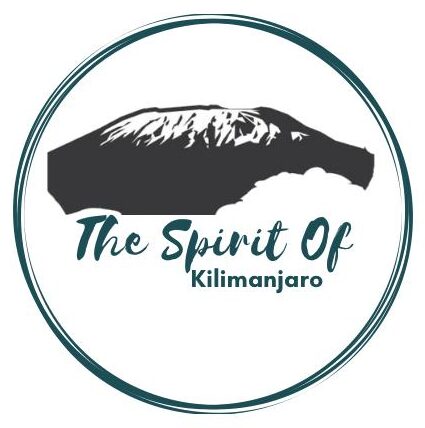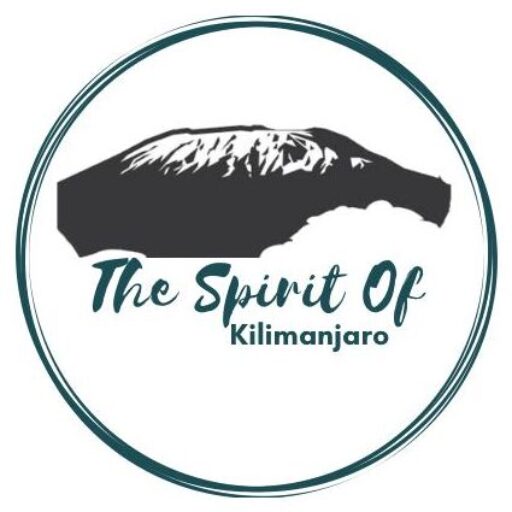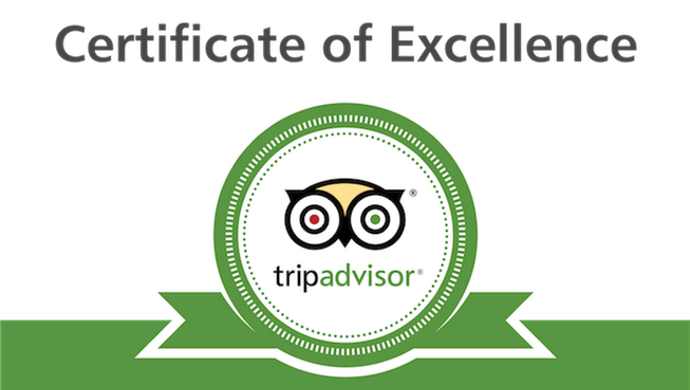Mount Kilimanjaro Climbing routes and their variations take between five to nine days to finish. Although Kilimanjaro is understood as a “walk-up” mountain, you ought to not underestimate it and its risks. the general statistics show that but half of all climbers reach the summit.
Below are the Kilimanjaro success rates as reported by Kilimanjaro National park (2006):
All climbers, all routes 45%
All climbers, all 5 day routes 27%
All climbers, all 6 day routes 44%
All climbers, all 7 days routes 64%
All climbers, all 8 day routes 85%
All climbers, all 9-day routes (no data)
The greater the number of climbing days on the mountain, the higher your chances of reaching the highest.
Therefore the key to a secure, successful climbing is to require the longest routes possible.
There are minimum days for every Kilimanjaro main climbing route. However, that’s to not be confused with recommended days for the route.
Kilimanjaro 360 recommends adding an additional day or two to your trip to assist you to acclimatize to the altitude.
We encourage customers to require 7-9 day routes for the simplest chance of success and therefore the lowest risk of hypoxia.
Many tour companies boast that their overall summit success rates each year are greater than 90%. we’ve seen competitor advertisements representing they need 95%, 98%, even 100% overall success rates.
It’s only a matter of your time before someone advertises that they need a 150% success rate. The reality is that every one of those figures is statistically impossible! don’t believe these claims!
Unless these outfitters are prescreening climbers, taking a really small number of climbers (less than 30) per annum. Or leading climbs only on 8-9 day routes, achieving those extraordinarily high success rates would be impossible to take care of for even a brief period of your time.
Every clothier knows this, but unfortunately, it seems some don’t mind attracting customers with misleading or blatantly false statements.
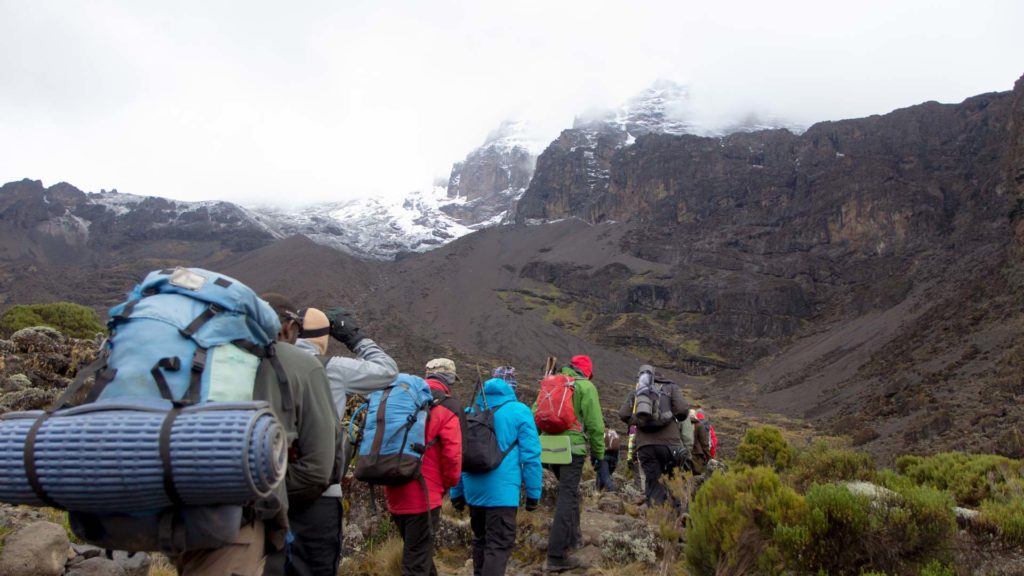
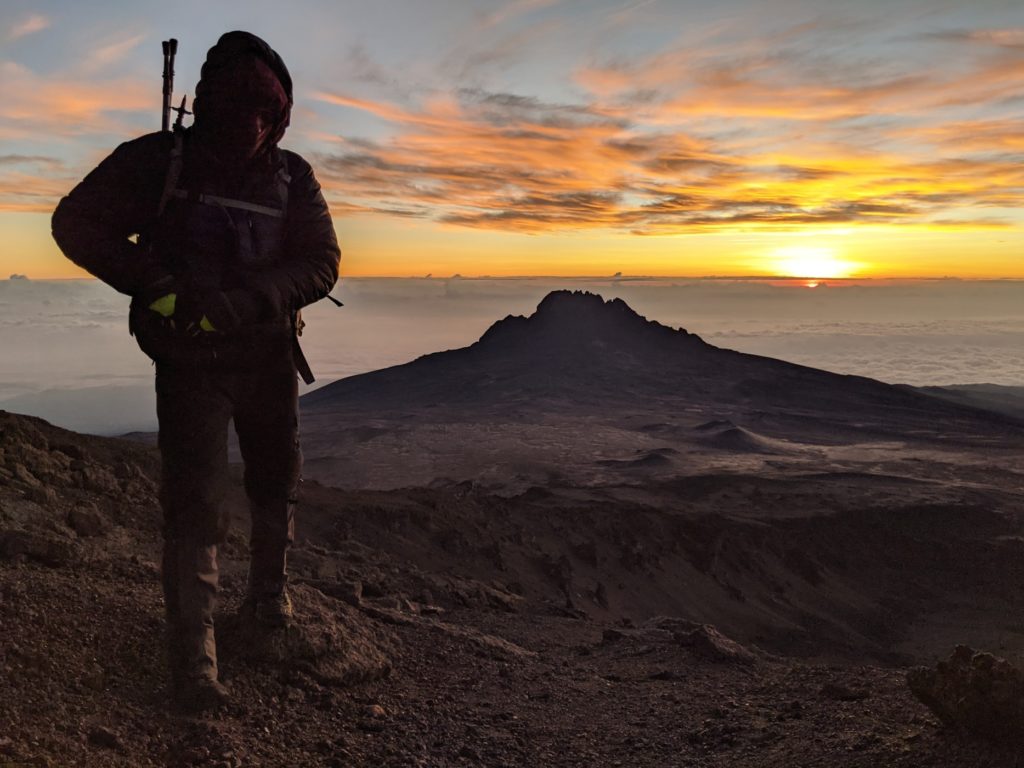
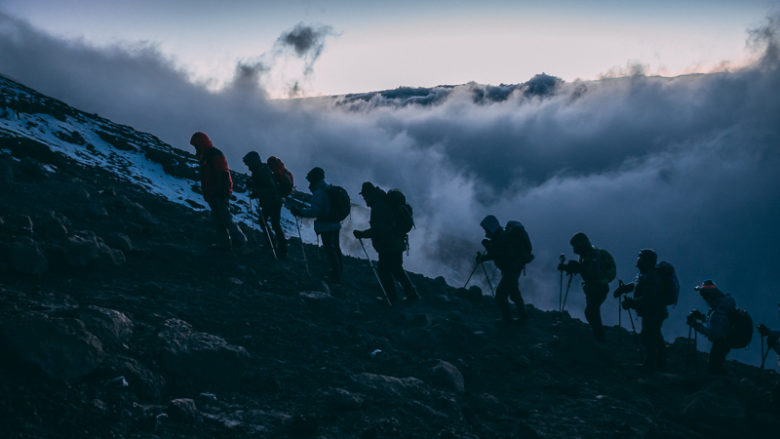
We are very happy that our real success rates are considerably greater than those reported by Kilimanjaro park.
Client feedback regularly cites our guides and their support because the main reason they were ready to summit.
We’ve got a uniform record of achieving high success rates year after year, and would gladly put our success rates up against the particular success rates of our strongest competitors.
Our primary concern is that you simply have a secure, enjoyable, memorable Kilimanjaro climbing.
It is normal to climb the mountain in five or six days, but why take the chance? Some clients want to attenuate their days so as to save lots of costs, which is understandable.
But we feel that the extra cost is well worthwhile . Not only is it safer, but you increase the probability of your success, have longer to enjoy the experience, can take acclimatization hikes to other parts of the mountain you’d otherwise miss, and can probably feel better also , as long as there’s less stress on your body.
Ask yourself this. How would you are feeling if you scheduled a route with the minimum required days, only to possess to show around within the primary couple days because the speed of ascent was too quick?
Wouldn’t you rather have added a few of days to your trip to offer yourself a far better chance, to be fairer to your body?
Were the ‘savings’ you bought for not taking additional days well worth the cost of cutting your climb short, not making it to the summit, or maybe worse, putting your health at risk?
Kilimanjaro Climbing World Records
You may have read stories of individuals climbing Kilimanjaro during a matter of hours rather than days.
How is that this possible? The athletes who attempt these feats are acclimatized to the elevation of the whole mountain before the attempt.
The camp is at high altitudes until they’re fully acclimated to the skinny oxygen levels. this is often the sole thanks to avoid acute altitude sickness when attempting speed records.
Very young children and far older people have climbed Kilimanjaro also .
Although the minimum age for climbing Kilimanjaro is 10 years old, it’s possible to urge special permission for those that have shown exceptional ability. there’s no maximum age.
And Here are some of the amazing world record holders on Mount Kilimanjaro Climbing.
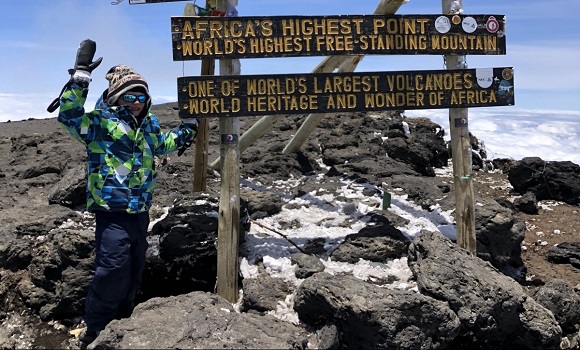
Youngest Climber to Summit (2018) – Coaltan Tanner of the USA made it to the top of Kilimanjaro at just 6 years old.
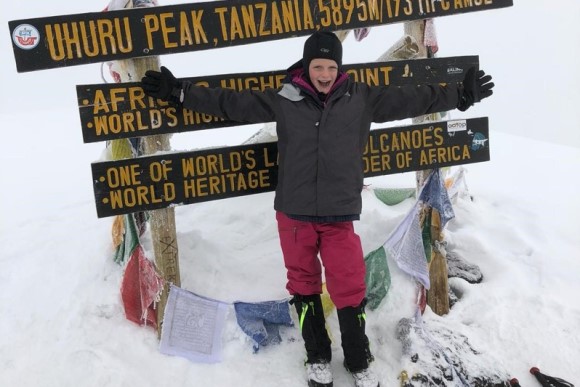
Youngest Female to Summit (2018) – Montannah Kenney of the USA also climbed Kilimanjaro at 7 years of age to become the youngest female to summit.
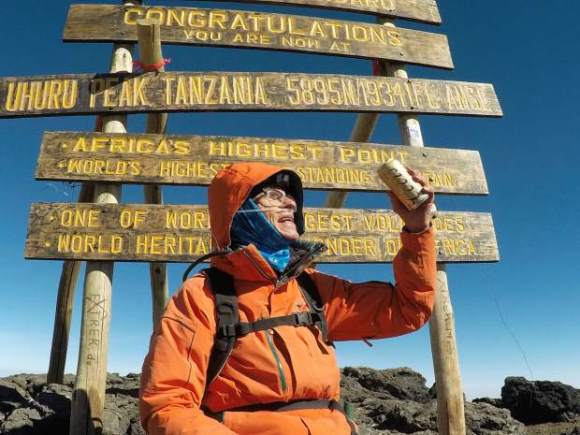
Second Oldest Climber to Summit (2017) – Fred Distelhorst of the USA climbed the to top at age 88.
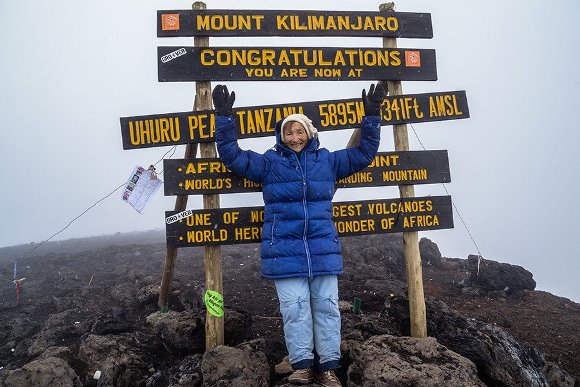
Second Oldest Female to Summit (2015) – Angela Vorobeva of Russia is the oldest woman to climb Kilimanjaro at 86 years old.
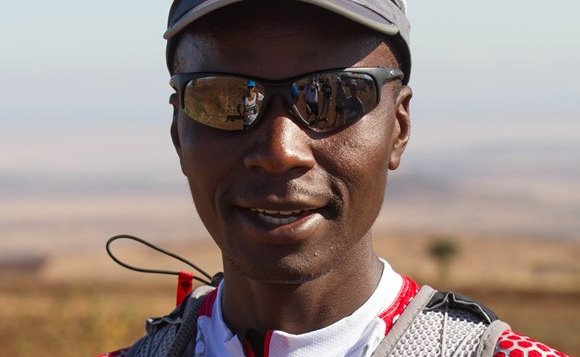
Fastest Unaided Ascent and Descent (2006) – Simon Mtuy of Tanzania carried his own food, water and clothing to complete the round trip in 9 hours 19 minutes.
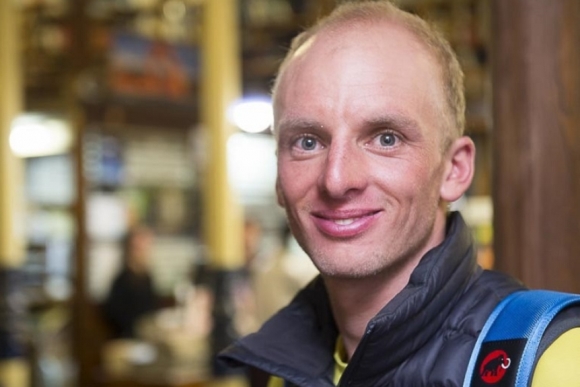
Fastest Summit (2014) – Karl Egloff of Switzerland climbed to the peak in just 4 hours 56 minutes. He also holds the record for the fastest ascent and descent, completing the round trip in 6 hours 42 minutes (achieved during the same record breaking summit).
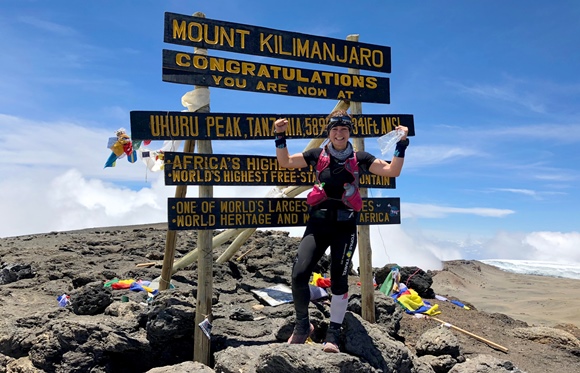
Fastest Summit by a Female (2018) – Kristina Schoou Madsen of Denmark made it to the summit in 6 hours 52 minutes.
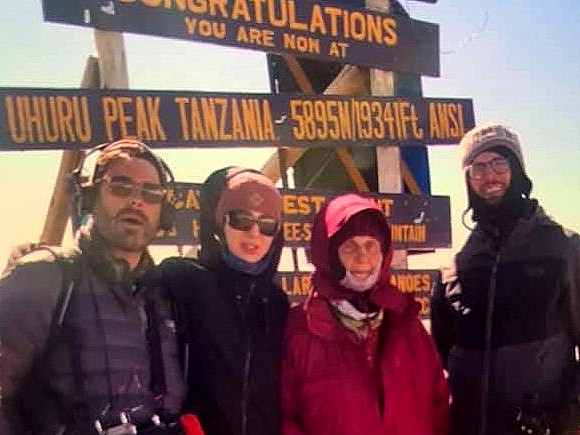
Oldest Climber to Summit (2019) – Anne Lorimor of the USA climbed Kilimajaro aged 89
With spirit of Kilimanjaro, you get top-quality service without the inflated cost. Our goal is to work with you to form the right itinerary that supported your needs, abilities, and desires. we’ll assist you to plan every aspect of your climb, providing everything you’d like for a successful summit and enjoyable experience. Won’t you join us on the roof of Africa?
Get a Newsletter
* Join the newsletter to receive our best monthly deals
- CLIMB KILIMANJARO
- KILIMANJARO CLIMBING GUIDE
- MOUNT MERU CLIMB
- ARUSHA
- MOSHI
Enquire Today
Start Planning Your Tanzania Holiday
Please fill in all fields – an email will be sent with complete journey details.
